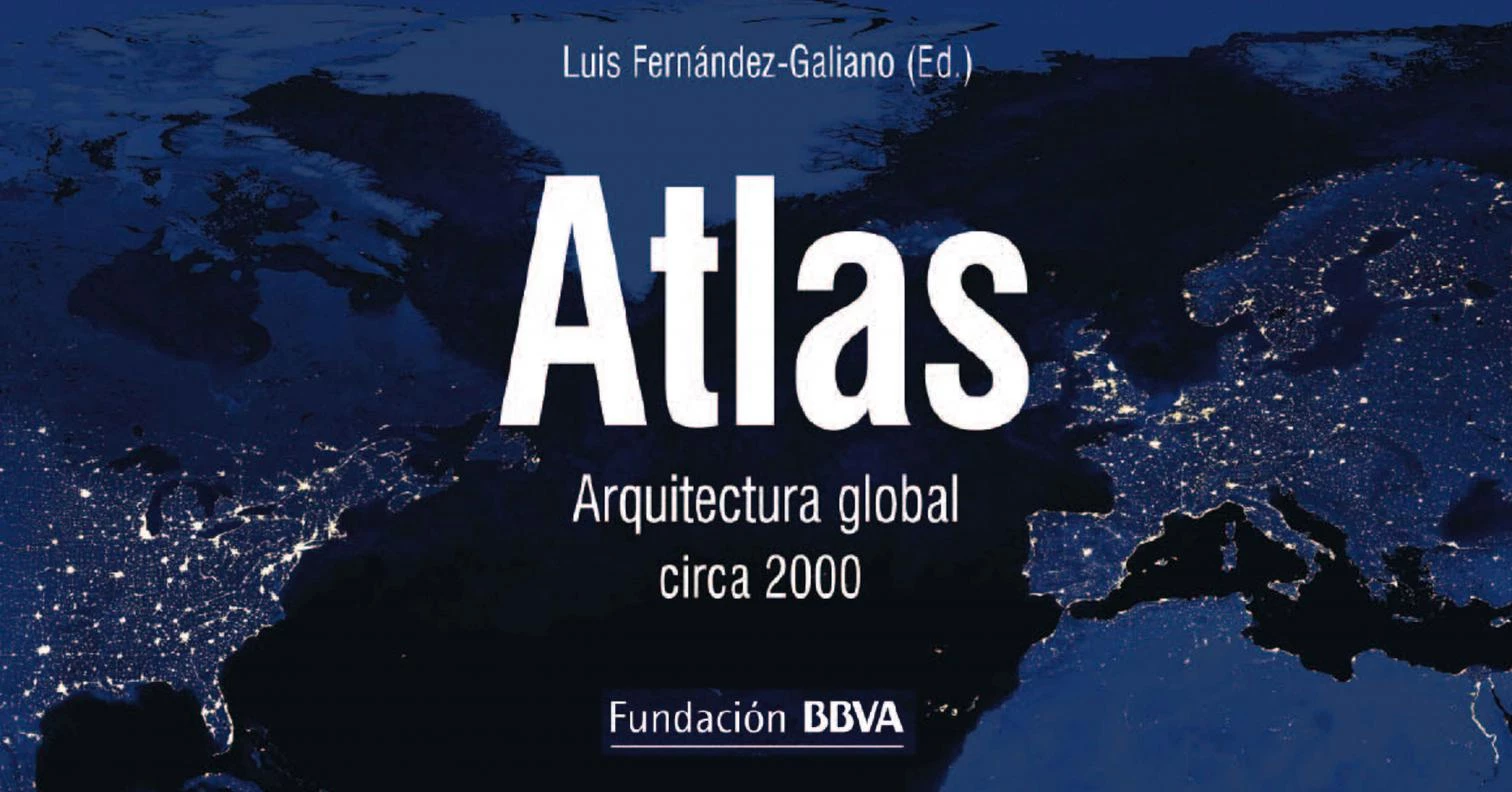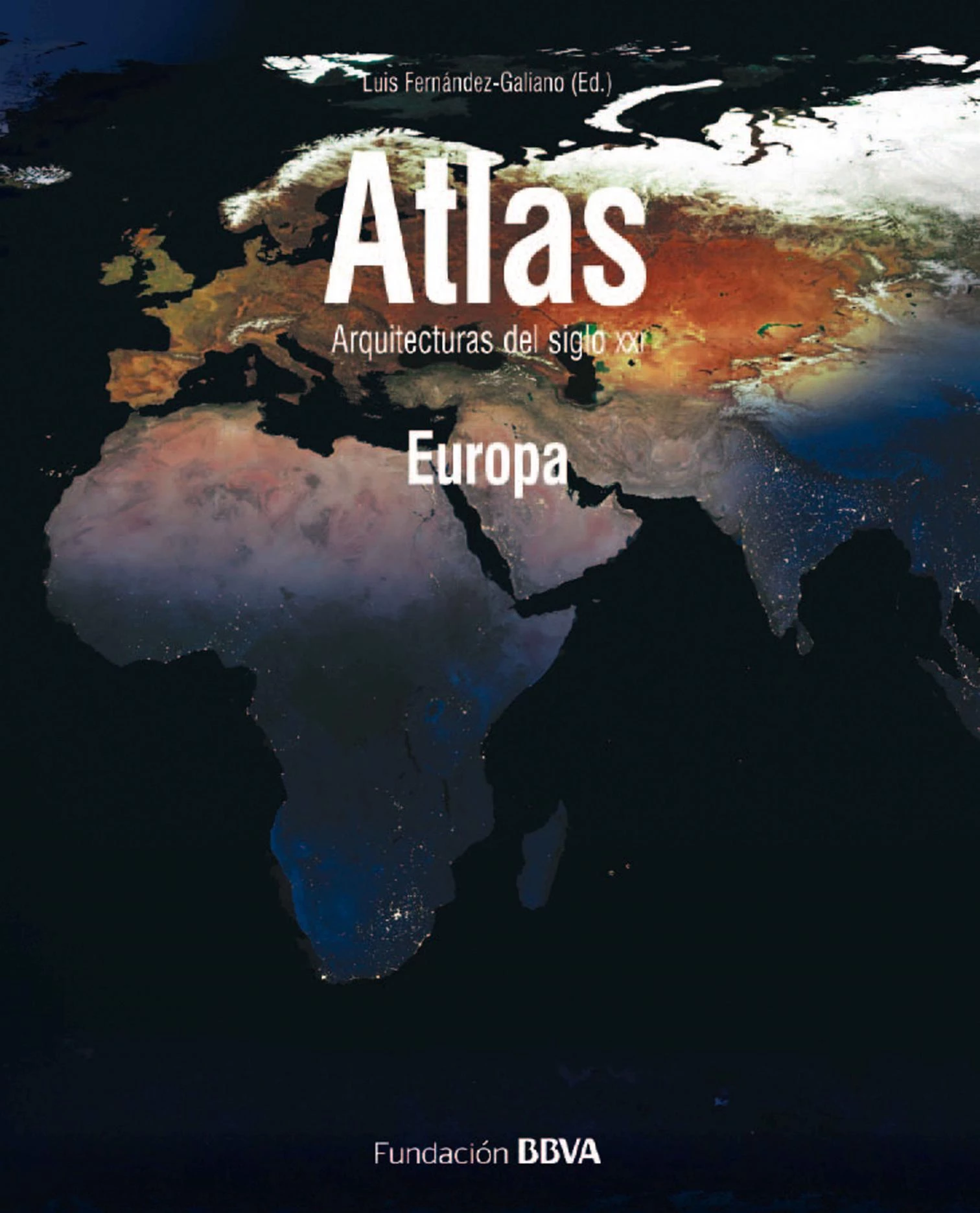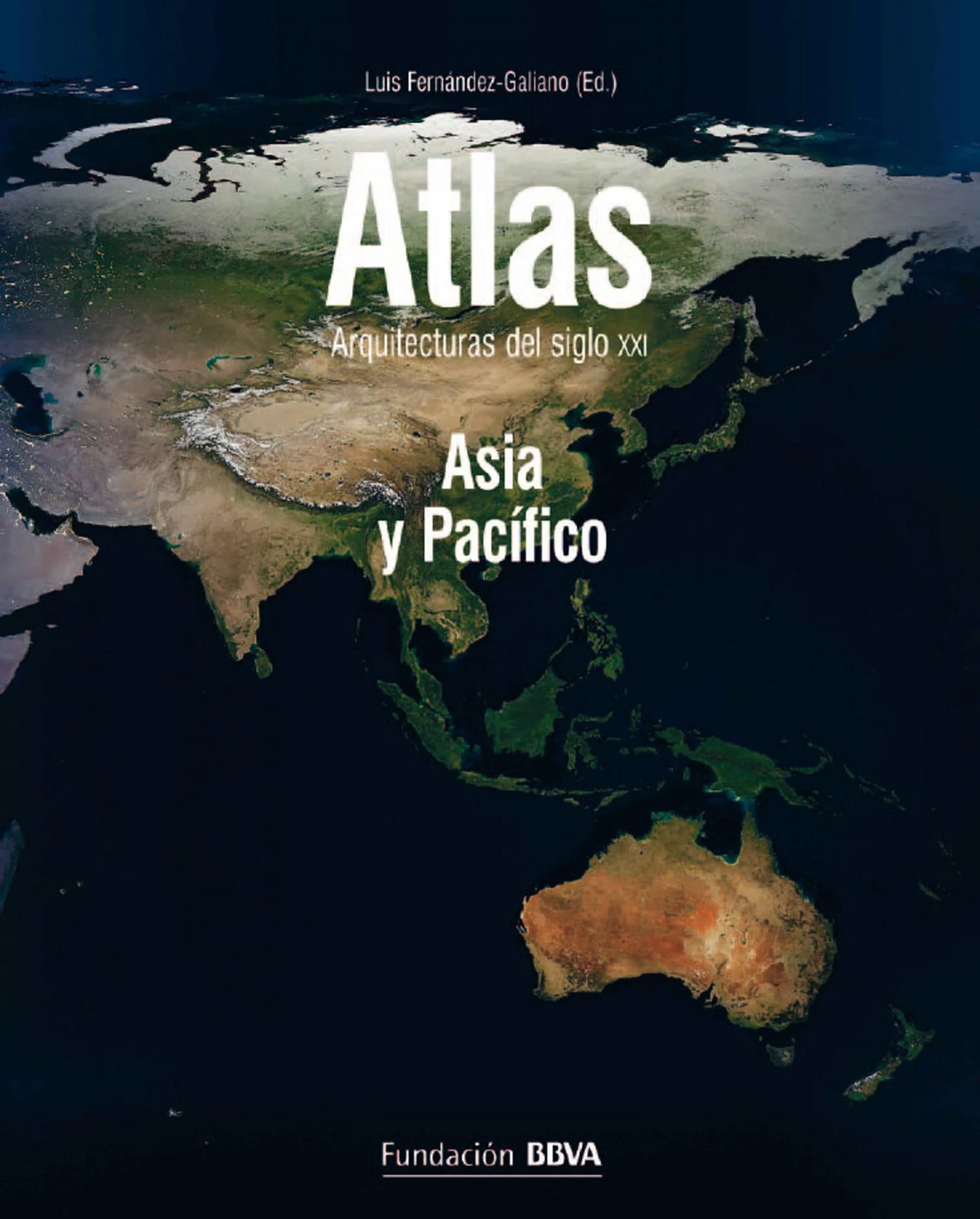An Urbanized Planet
Architecture’s globalization has spread its bittersweet fruits around the world, as shown in the series edited over the last four years by the Fundación BBVA.

Motionless architectures move a lot. Nothing seems as static as buildings, firmly rooted in a place in the world, and yet nothing moves as swiftly as the people and the ideas that shape them. From the megalithic cultures all the way to the contemporary world, passing through the efficient reiteration of Roman works, the fertile traffic of medieval builders or the oceanic dissemination of classical language, architecture has always gone beyond its local condition to spread its influence all around. The globalization of architecture is not at all a recent phenomenon, even though we have seen how this process has sped up over the last decades, increasing the geographic range of large architectural offices, which have colonized the five continents with icons designed in very different time zones.
In contrast, a large percentage of the population lives in spontaneous dwellings, built with skill rather than resources, and with no other guide than the aesthetics of scarcity and the ethics of need. But these two distinctive features also give these informal settlements a global dimension, using as they do local materials and elementary geometries to establish patterns that are common to Latin American favelas, African bidonvilles or Asian shanty towns. After all, what we have in common is more important than what sets us apart, and this increasingly urbanized planet faces constructive and architectural challenges in which generic demands prevail over specific requirements. The informal city is also global, and the cross fertilization of its experiences benefits from the mobility of architects or aid workers, true pollinating agents of a variety of processes.
Both the large emblematic commissions and the most silent urban regenerations engage in a cultural and technical conversation that transcends frontiers, and these scattered dialogues spark ideas that transform territories and landscapes, changing the cities that frame our collective life and penetrating even the more secluded domestic realm. These new intellectual and emotional maps blend global trends with local realities, and the unavoidable and fertile tension between both of them is the most efficient midwife of the best projects.
If movies often remind us that, aside from the ever-present Hollywood, there is also a Bollywood in India and a Nollywood in Nigeria which have established themselves as hugely successful industries, in the field of architecture we must also stress that this discipline goes beyond iconic buildings, signature works or even structures built by qualified professionals. There is indeed a vast ocean of architectures without architects that go from vernacular and traditional contexts to informal or spontaneous developments, and in all these areas there is a very powerful material, functional and climatic logic that is able to stimulate and provide example for many emblematic works and not a few authors of reference.


2012 saw the completion of the four-volume Atlas. Architectures of the 21st Century, which develops the original book of 2007.


The architectures of the planet gathered in the volumes of the Atlas edited by the Fundación BBVA aim to offer a portrait of our times, but also to reflect the debates and conflicts of the field, which now faces a world in mutation with outdated tools and attitudes, subjected as they are to the accelerated obsolescence provoked by the dizzying speed of technical and social change. The concluding chapter of the last volume is devoted to architecture in Spain and Portugal, which in only a few years have experienced the ecstasy of international recognition and the agony of a seemingly endless economic crisis that has torn the professional network and driven talent outside the perimeter of our pentagonal peninsula: it is a painful aspect of globalization, but perhaps also a stimulus to begin thinking in a different way.
Spain exports architects rather than architectures, and those works that almost twenty years ago were described in this same magazine as examples of social-opulence have proven to be greenhouse plants, exquisite in their protected atmosphere, but less prepared to survive the storm when the economic weather becomes harsh. The media prestige and the popularity earned during the years of prosperity have been insufficient to spur a process of internationalization that also demands entrepreneurial strength and solid institutions. As in so many other spheres of life in Spain, we architects must learn to give more for less to reinforce our capacity to provide services, and must place a special emphasis on the common, because the only way to strengthen our community ties is by giving priority to everything we share. The country has gone from blaze to bailout, and in this transit from boom to bust its immobile architectures have reacted by setting themselves in motion: moving outwards with the drain of professionals and falling inwards with the collapse of offices. But the wide and foreign world documented through the words and images of the Atlas waits at the threshold.







